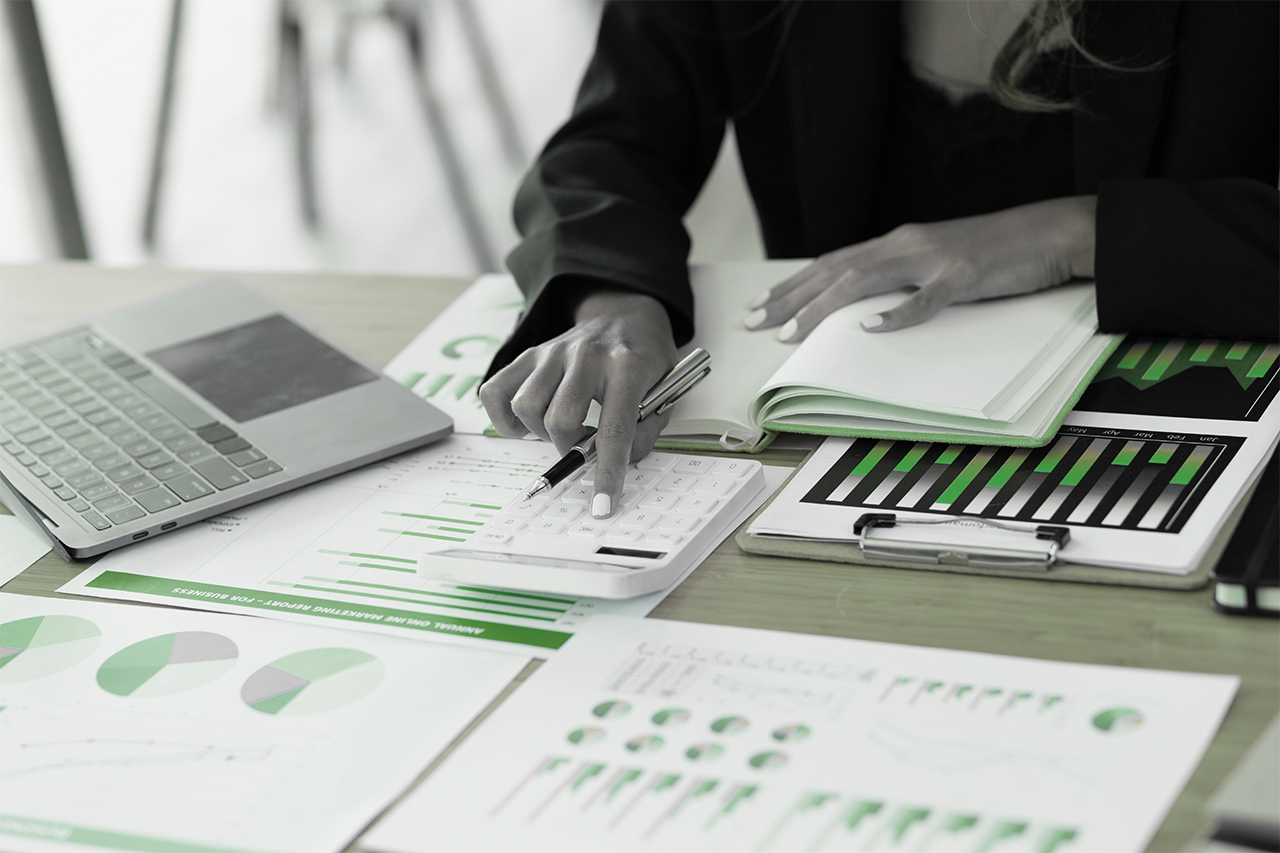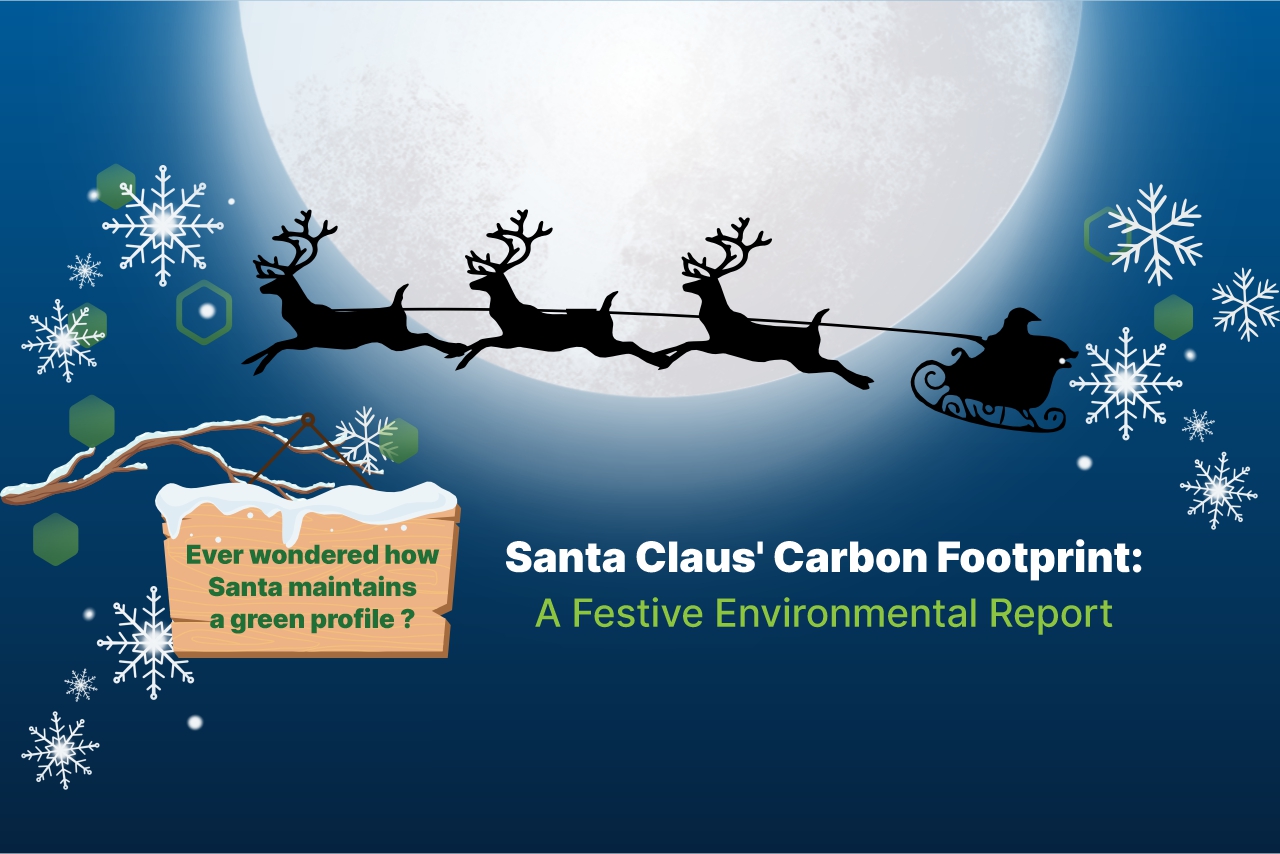In today’s world, the focus on sustainability and environmental responsibility has become more than a trend; it’s an imperative. Companies worldwide are taking significant strides in reducing their environmental impact, and one of the foundational steps in this journey is measuring the corporate carbon footprint. Through effective GHG measuring, organizations can define their baseline year for future comparisons, kick-start energy and cost-saving initiatives, and reduce their overall environmental impact.

Demystifying the Complexity: Understanding Scopes and Emissions
To measure your corporate carbon footprint accurately, you must first navigate the intricate landscape of emissions. The Greenhouse Gas (GHG) Protocol has neatly categorized emissions into 3 scopes:
-
- Scope 1: This includes direct emissions originating from sources owned or controlled by the organization. Think of it as emissions that occur within your immediate sphere of influence.
-
- Scope 2: These emissions are indirect and result from the generation of purchased energy. It includes the energy you consume but don’t directly produce, such as electricity.
- Scope 3: The most comprehensive, often overlooked and most challenging category, Scope 3 emissions encompass indirect emissions not included in Scope 2. These emissions manifest throughout the entire value chain, both upstream and downstream. Recognizing and addressing these emissions are crucial for any organization looking to embark on a meaningful decarbonization journey.
Challenges in Measuring Emissions: Overcoming the Obstacles
Measuring emissions, while essential, is not without its challenges. Companies encounter several hurdles when attempting to quantify their carbon footprint. Here are some of the most common obstacles:
-
- Scope and Boundaries: The different scopes of GHG emissions represent varying levels of complexity. Each scope involves unique data sources, reporting requirements, and boundaries. Navigating these intricacies can be a daunting task for organizations.
- Data Availability and Quality: Access to reliable, consistent, and high-quality data remains a significant roadblock for many companies. Incomplete or inaccurate data can lead to skewed measurements and undermine the entire carbon accounting process.
Best Practices in Measuring Emissions: A Path to Precision
Several best practices can help organizations navigate the path to precise carbon footprint measurement:
-
- Comprehensive Inventory: Begin with an all-encompassing inventory that includes all relevant emission sources, scopes, and activities. A holistic approach ensures that no emissions are left unaccounted for.
-
- Right Accounting Method: Choose a recognized, industry-specific accounting methodology that aligns with your organization’s unique goals and objectives. A well-suited methodology ensures accurate measurement.
-
- Stakeholder Engagement: Secure buy-in from all relevant stakeholders within your organization. Educate them on the significance of accurate carbon accounting and make them active participants in the process.
-
- Reliable Data Sources: Gather and utilize high-quality, accurate data sources to underpin your carbon footprint measurements. The accuracy of your data directly impacts the precision of your results.
- Continuous Improvement: Keep your carbon accounting processes and methodology up to date. Regular reviews and updates ensure alignment with industry best practices and evolving standards.
Join the Decarbonization Journey with Confidence
Measuring your carbon footprint is not just a task; it’s a fundamental step in your organization’s commitment to sustainability and environmental responsibility. It provides the foundation upon which you can build impactful reduction strategies, make informed decisions, and contribute to a greener future.
If you’re ready to take control of your decarbonization journey, connect with our experts today. We’re here to guide you through the process, answer your questions, and empower your organization to make a positive environmental impact. Together, we can create a more sustainable world.







